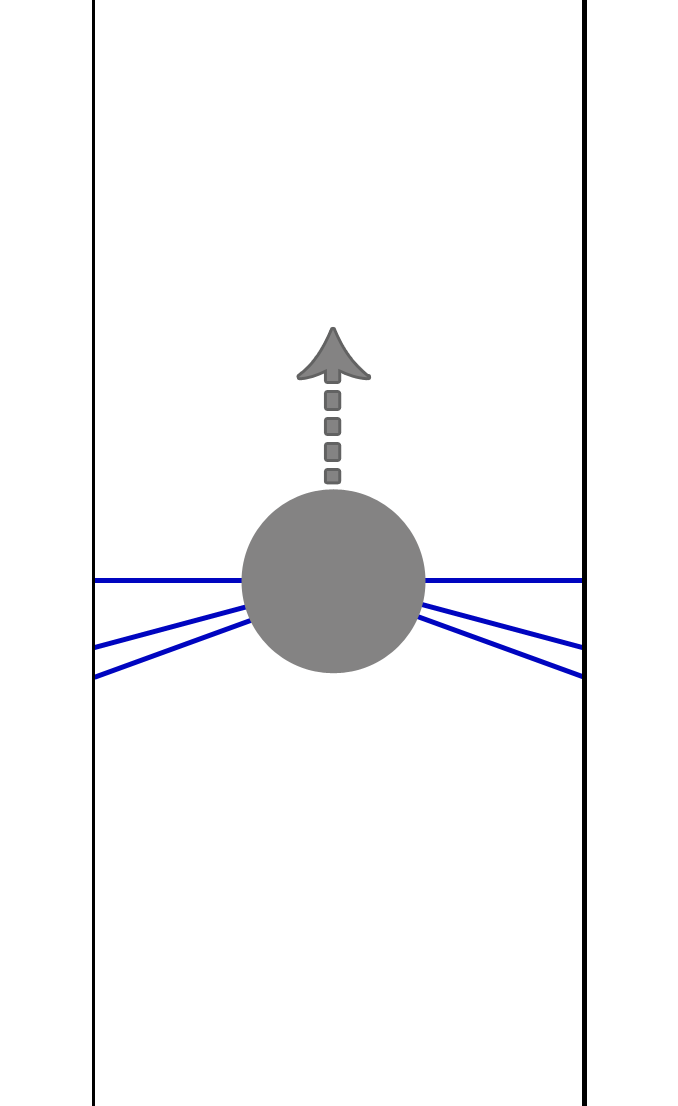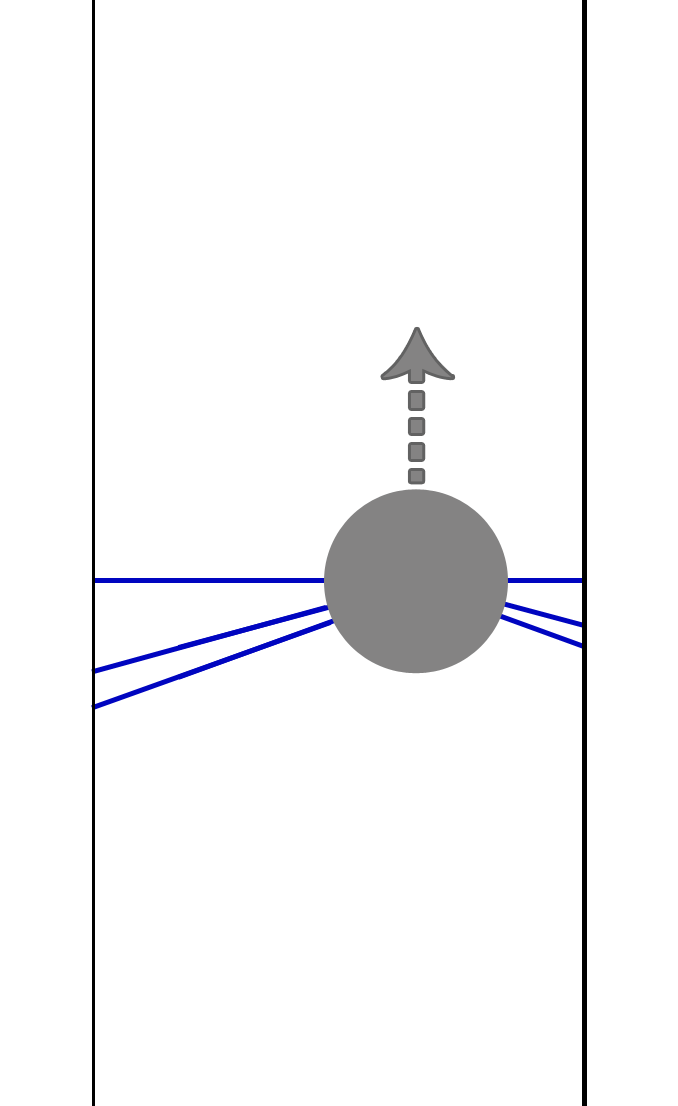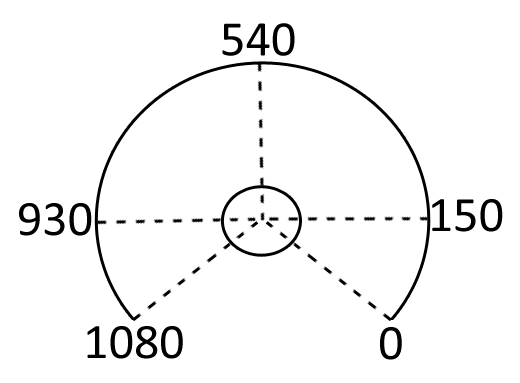Embedded Motion Control 2014 Group 8: Difference between revisions
(→Tactic) |
(→Tactic) |
||
| Line 68: | Line 68: | ||
=== Driving straight === | === Driving straight === | ||
The three possibilities for PICO's position and direction are given in the Figures below. It is either one of these or a combination of two of them. <br> | The three possibilities for PICO's position and direction are given in the Figures below. It is either one of these or a combination of two of them. <br><br> | ||
[[File:gr08_straight_normal.png|1500px|250px | Desired straight driving]] | [[File:gr08_straight_normal.png|1500px|250px | Desired straight driving]] | ||
[[File:gr08_straight_shifted.png|150px|250px | Shifted position]] | [[File:gr08_straight_shifted.png|150px|250px | Shifted position]] | ||
Revision as of 10:07, 27 May 2014
Group members
Harm van Deursen
Lex Hoefsloot
Paul Verhoekx
Teun Melief
Robin Smit
PICO Knowns
1. 1080 laser points for distance measurement
2. approximately 250 degrees of measurement direction
3. The datapoint at the left (930), front (540) and right (150)
4. The maximum distance measurement is 30 meters
5. ...
6. PICO's velocity and angular velocity can be determined. These are in meters per second and radians per second respectively.
7. ...
The figure on the right shows the location of the laser (distance) measurement points
First test
The first goal was to survive the corridor test. This means any corner, left or right, should be detected and taken without any collosion.
There were two main tactics to be tested;
Global tactic (inserted in both programs):
- The corner can be detected by either laser point #150 or #930.
- Safety (not hitting the wall) is inserted for the measurement points 150 - 250, 400 - 540, 540 - 680 and 820 - 970.
first tactic:
1. The distance in front is measured and saved when a corner is detected.
2. Than PICO starts rotating until the distance on the side where the corner has not been measured is equal to the distance that was previously in front
3. PICO drives sidewards until the distance is 30 centimeters less
4. pico drives straight ahead again. The corner is taken
Second tactic:
1. The corner is measured but PICO keeps on driving straight ahead and the timer starts
2. The end of the corner is detected and the timer stops
3. PICO drives backwards for half of the time the timer has measured
4. PICO drives sidewards through the corner
5. PICO turns to get back in its neutral position
Observations;
- All measurement points should be used for safety to ensure safety
- The big mess should be cleaned and divided into seperate files which will be included into the master file
- One point to measure a corner is not robust. This should be done by the use of more points.
However, the second tactic seems to work quite okay and will thus be used for the corridor competition
Corridor test
Unfortunately there was not enough time to implement the observations in the code. The second method is used and led to a time to pass the corridor in 32 seconds.
second test
In the second test the new safety driving, the new corner detection and the straight driving have been tested. The method to detect a corner was adjusted. Where earlier corners were detected with only one laser point, the new corner detection got a lift. They are detected via the subtraction of five laser points at the side and five laser points at the side a bit more backwards. Parameters such as the difference and the position of these laser points which are used are tuned within this meeting.
To get the exactly desired position where a corner should be detected, PICO is placed at the place where the corner should be detected. Two points that differ half a meter in distance are used as the points for measuring a corner. For robustness this is extended to the five closest measurement points.
The safe driving is used in any of the testing cases. It is working very properly. The only thing is that the safety margin sometimes seems to be less than .3 meters.
The straight driving has also been tested. Whereas it works perfectly in the simulations, it worked properly one out of ten times in the tests. This is given the highest priority to get right for the next test session.
Tactic
Win!
Master
Driving straight
The three possibilities for PICO's position and direction are given in the Figures below. It is either one of these or a combination of two of them.



Drive safely
...... [Robin] ......
Detect a corner
...... [Robin] ......
Take the corner
...... [Robin en Paul] ......
Arrow detection
...... [Teun en Lex] ......
Algorithm to solve the maze
...... [Paul] ......
C++ coding
Master
...... [All] ......
Driving straight
...... [Harm] ......
Drive safely
...... [Robin] ......
Detect a corner
...... [Robin] ......
Take the corner
...... [Robin en Paul] ......
Arrow detection
...... [Teun en Lex] ......
Algorithm to solve the maze
...... [Paul] ......
It's a new world
How to load the T-junction:
- Open Terminator
- Run:
gazebo maze/placearrow_Tjunc.world
when in the maze folder - In another terminal
- Run:
rosrun maze spawn_Tjunc
- and run:
roslaunch pico_gazebo pico.launch
to load Pico - Now you can run Rviz:
rosrun pico_visualization rviz
